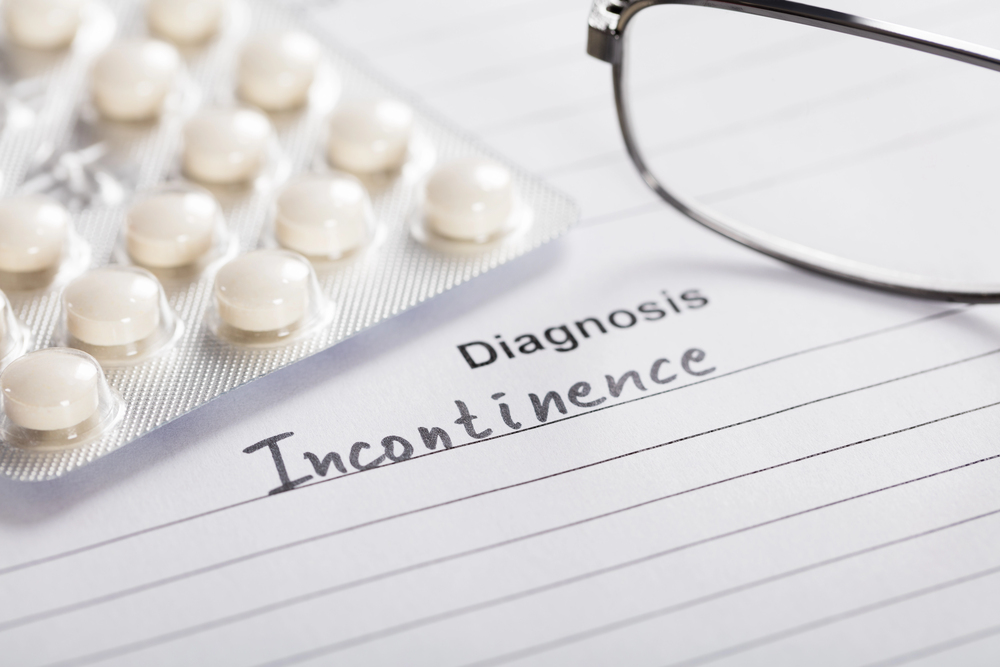Your Guide to Urinary Incontinence Treatment, from Our Urologists Near Elkhart
“Where can I receive urinary incontinence treatment?” Believe it or not, this is a more frequently asked question than you might think. Did you know that approximately 33 million Americans suffer from an overactive bladder? While it may be reassuring to know you’re not alone, you’ll still want to locate the most renown urology clinic near you. Before deciding on a center for urinary incontinence treatment near Elkhart, let’s take a look at the causes and symptoms of this common urological condition.
Urinary Incontinence Causes and Symptoms
Although men and women can experience urinary incontinence, some of the causes of the condition vary. For example:
- Urinary Incontinence for Women
Women who are or have been pregnant are sometimes more susceptible to developing urinary incontinence. This risk increases the more pregnancies a woman has in her lifetime. Menopause can also impact bladder control in a similar way.
- Urinary Incontinence for Men
Men who have experienced prostate problems have a greater risk of developing urinary incontinence.
Additional potential causes of this condition include:
 Age
Age- Certain medications
- Other health conditions such as diabetes, high blood pressure, and stroke
Some data suggest that lifestyle behaviors such as smoking and obesity may increase the chance of urinary incontinence. In addition, factors such as vaginal infections, constipation, and urinary tract infections (UTIs) can lead to temporary urinary incontinence.
Symptoms of urinary incontinence include:
- Urine leakage as a result of coughing, sneezing, exercise, or other activities that place pressure on the bladder.
- Loss of control of the bladder.
- The sensation of having to urinate immediately.
- The need to urinate frequently (including during rest and at during sleep at night).
- The sensation that the bladder never entirely empties.
Urinary Incontinence Treatment That Elkhart Patients Rely Upon
Treatment options for urinary incontinence vary. For example, one particular male urinary incontinence treatment utilizes an external catheter system specifically designed for male anatomy. These devices are designed to cover the penis similar to the way a condom does, allowing urine to collect in a drainage bag.
Alternately, indwelling catheters, utilized by both men and women, have a special balloon that gets affixed inside the bladder. In addition to specialized devices, your urologist may suggest other types of treatment:
- Medication
The most common types of medications prescribed by urologists for incontinence are called anticholinergics. Prescription anticholinergics such as oxybutynin (Ditropan XL,) tolterodine (Detrol,) and darifenacin (Enablex) can assuage an overactive bladder.
Pelvic muscle rehabilitation is a common therapy technique used to treat urinary incontinence. Also, muscle rehabilitation methods such as Kegel exercises can also prevent an overactive bladder (OAB.)
- BOTOX Injections
BOTOX injections are placed directly into the bladder muscle to treat OAB.
- Nerve Stimulation
Urologists place this device under the skin to apply electrical pulses to the nerves involved in bladder control.
- Lifestyle Modifications
Sometimes, simply adjusting diet and liquid consumption (especially excessive caffeine) can improve incontinence. Your urologist may have additional conservative treatment suggestions for you to try as well.
Remember: urinary incontinence treatment may have varying effects on patients based on a number of factors. Health status, pre-existing conditions, age, and the severity of the condition are all considerations that a urologist evaluates before suggesting the best course of treatment.
The Answer to Your Urinary Incontinence Concerns
When patients seek a urologist near Elkhart to address urinary incontinence, they find their answer nearby at the Urology Associates of South Bend clinic. Our compassionate, board-certified doctors are dedicated to providing the safest, most effective care for urology disorders and male and female reproductive tract conditions.
To confirm a urinary incontinence diagnosis, your urologist will go over your medical history, family background, and any symptoms you may be having. The next step is a physical examination possibly accompanied by diagnostic tests. After that point, a treatment plan will be implemented.
At UASB, we understand the sensitive nature attached to many urological conditions. No matter your urological issue, we’re committed to devising a personalized treatment plan that will achieve results as quickly as possible—while keeping comfort, safety, and privacy a priority.
One of our UASB staff members is available now to help you schedule a consultation today. You can also call our office any time at (574) 234-4100.
Request an Appointment
Address:
6301 University Commons, Suite 350
South Bend, IN 46635
Phone:
(574) 234-4100
Fax:
(574) 282-1739
